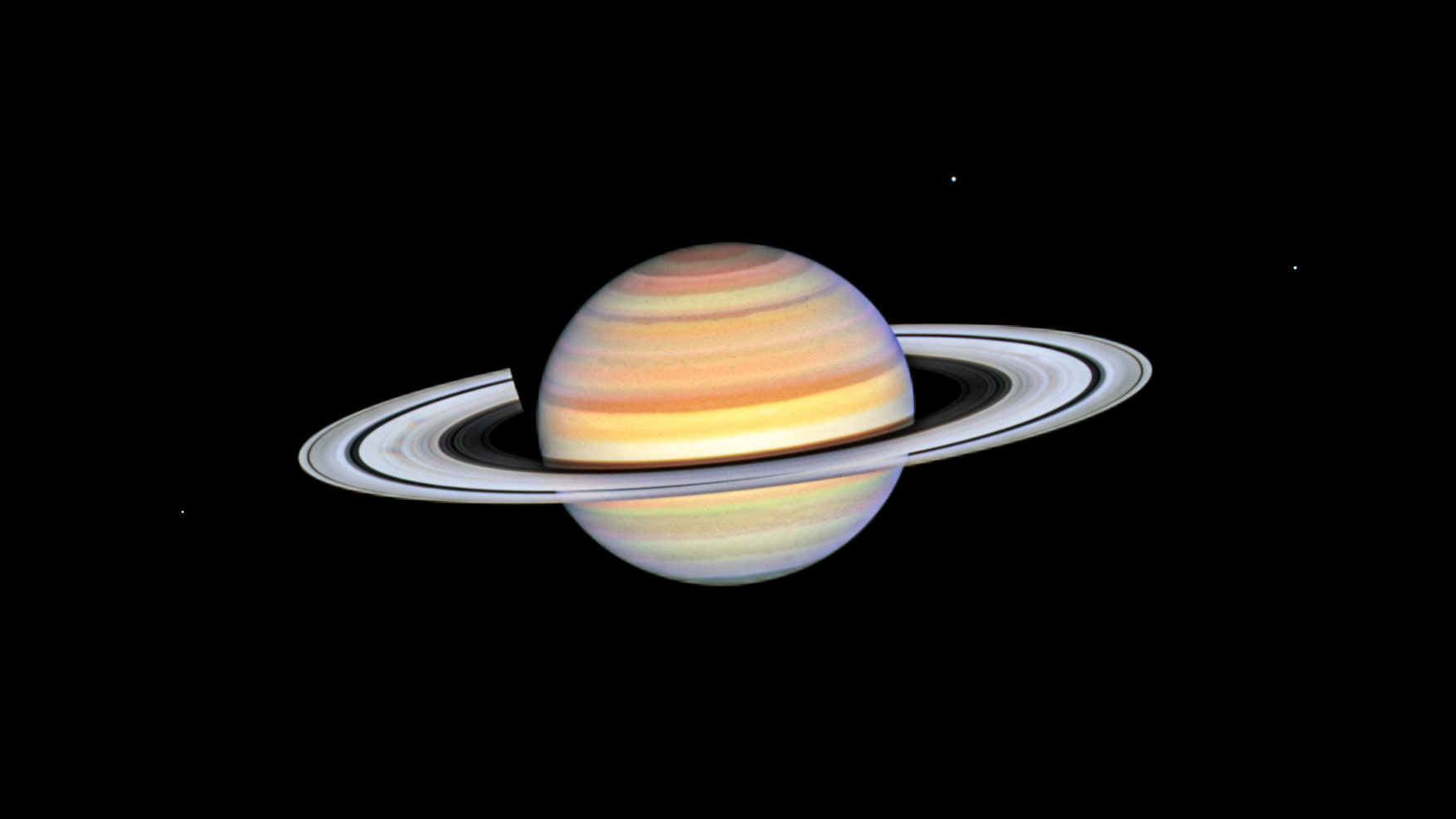3 min read
Todd J. Barber, Cassini lead propulsion engineer
Valentine's greetings from NASA's Jet Propulsion Lab and the Cassini mission! Saturn and its moons must feel as if every day were Valentine's Day, though, given the lavish and constant attention bestowed by our robotic emissary. Even though February is nearly half over, I've yet to cover a busy January of science plans and highlights, so that's first on my V-day to-do list.

To start 2009, Cassini continued playing interplanetary meteorologist with observations of Titan's clouds using our visible light cameras. Given Titan's thick haze, sometimes even rudimentary knowledge of cloud behavior gained through these campaigns helps us to untangle the mysteries of this perplexing moon. Ring occultations also transpired, bringing more puzzle pieces to Earth for the assessment of ring structure and particle sizes. A simulated but scientifically accurate image based on data similar to these even graced a recent "Discover" magazine cover!
Our Composite Infrared Spectrometer (CIRS) kept busy last month with observations just above Saturn's equator, looking for oxygen compounds. It continued to map temperature variations in this hemisphere as well. Saturn itself has finally reappeared in the evening sky to Earth-bound observers, though with its signature feature -- the rings -- shrinking fast from view. The rings themselves, though dynamic, are not shrinking, but rather our perspective from Earth is changing to a more "edge-on" view. Aside from providing astronomical drama for telescopes here, this changing geometry signals an important seasonal change at Saturn, since the rings are nearly equatorial. In fact, the north polar region of Saturn is starting to see the sun for the first time in over a decade, while Saturn's south pole is soon to be plunged in darkness. This will surely cause changes to Saturn's weather, wind circulation, and potentially the ringed planet's aurora. You can bet Cassini will be watching in earnest during this period of transition, as will her scientists back on the third rock.
Engineers have been keeping busy in 2009 as well. A quarterly Reaction Wheel Assembly (RWA) friction test was performed, along with a few orbital trim maneuvers (OTMs). Most notably, OTM-180 clocked out without a hitch, even marking a historic milestone along the way. This was the 100th main-engine burn since launch over eleven years ago. The R-4D rocket engine isn't exactly a rookie when it comes to space exploration, given its use as an auxillary thruster on the space shuttle and even as an RCS thruster on the Apollo moon landings! Even so, we were thrilled to note this significant anniversary in flight. Through all of these observations, magazine covers, and engineering activities, one event from January stands out above the others for me. A late-month press release not only settled the issue of liquid hydrocarbon lakes on Titan once and for all, it actually showed lake levels changing and thus the strong inferrence of evaporation and methane or ethane rainstorms! Truly, there's never a dull moment in the alluring neighborhood of the ringed giant.







